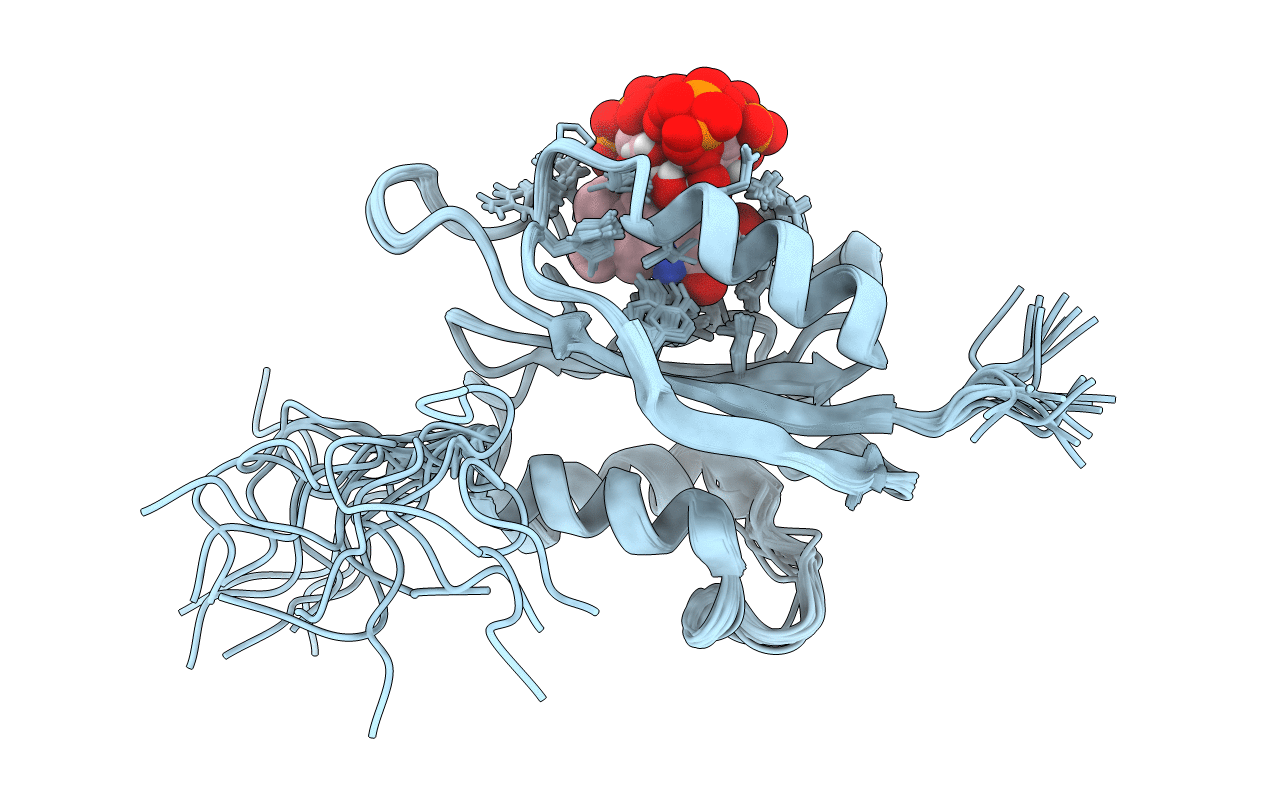
Deposition Date
2008-11-19
Release Date
2009-04-07
Last Version Date
2024-05-01
Entry Detail
Biological Source:
Source Organism:
Host Organism:
Method Details:
Experimental Method:
Conformers Calculated:
500
Conformers Submitted:
20
Selection Criteria:
structures with the lowest energy


